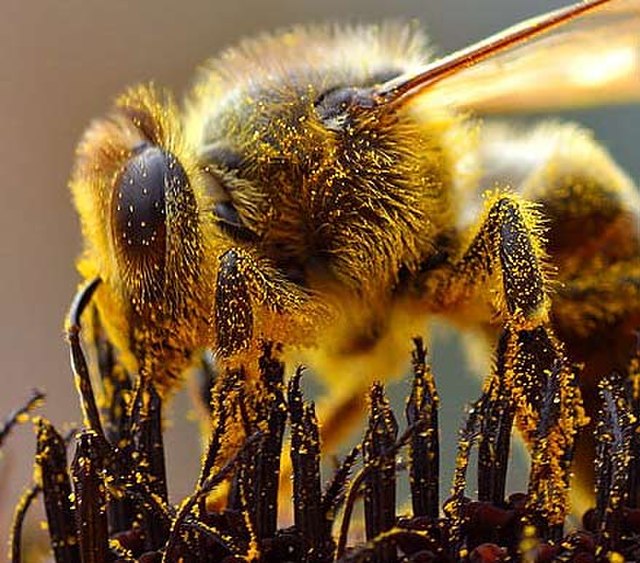Petals are modified leaves that surround the reproductive parts of flowers. They are often brightly colored or unusually shaped to attract pollinators. All of the petals of a flower are collectively known as the corolla. Petals are usually accompanied by another set of modified leaves called sepals, that collectively form the calyx and lie just beneath the corolla. The calyx and the corolla together make up the perianth, the non-reproductive portion of a flower. When the petals and sepals of a flower are difficult to distinguish, they are collectively called tepals. Examples of plants in which the term tepal is appropriate include genera such as Aloe and Tulipa. Conversely, genera such as Rosa and Phaseolus have well-distinguished sepals and petals. When the undifferentiated tepals resemble petals, they are referred to as "petaloid", as in petaloid monocots, orders of monocots with brightly colored tepals. Since they include Liliales, an alternative name is lilioid monocots.

Tetrameric flower of a primrose willowherb (Ludwigia octovalvis) showing petals and sepals
A tulip's actinomorphic flower with three petals and three sepals, that collectively present a good example of an undifferentiated perianth. In this case, the word "tepals" is used.
Tubular-campanulate corolla, bearing long points and emergent from tubular calyx (Brugmansia aurea, Golden Angel's Trumpet, family Solanaceae).
Pelargonium peltatum, the Ivy-leaved Pelargonium : its floral structure is almost identical to that of geraniums, but it is conspicuously zygomorphic
A flower, also known as a bloom or blossom, is the reproductive structure found in flowering plants. Flowers consist of a combination of vegetative organs – sepals that enclose and protect the developing flower, petals that attract pollinators, and reproductive organs that produce gametophytes, which in flowering plants produce gametes. The male gametophytes, which produce sperm, are enclosed within pollen grains produced in the anthers. The female gametophytes are contained within the ovules produced in the carpels.
Reproductive parts of Easter Lily (Lilium longiflorum). 1. Stigma, 2. Style, 3. Stamens, 4. Filament, 5. Petal
The calla lily is not a single flower. It is actually an inflorescence of tiny flowers pressed together on a central stalk that is surrounded by a large petal-like bract.
Grains of pollen sticking to this bee will be transferred to the next flower it visits.
Ophrys apifera, a bee orchid, which has evolved over many generations to mimic a female bee.








